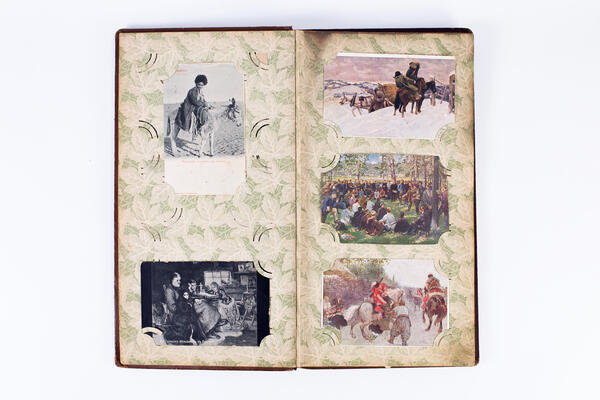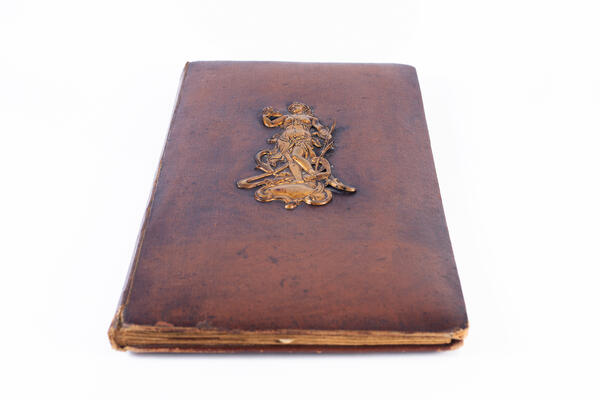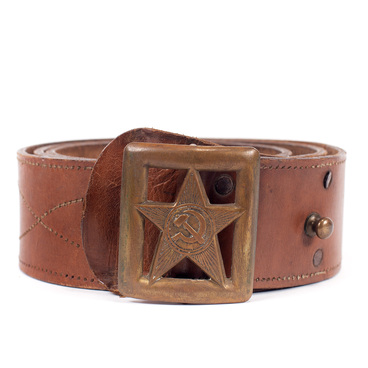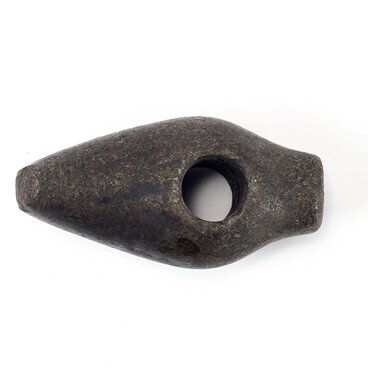The first photograph in history was taken in France in 1826, but the process of photographing and printing was still too laborious. When the Kodak roll-film camera came out in 1888, it marked the beginning of amateur photography.
In the second half of the 19th century, there was a fashion for cartes-de-visite in Europe. They were small photo cards that could be sent by mail as souvenirs with a warm greeting. Photo studios began to offer cartes-de-visite with portraits of famous people: royalty, politicians, actresses and athletes.
Carte-de-visite albums were designed as books with smart covers. The thick pages had slits for inserting cards. However, these albums were not suitable in format for collecting other types of photo cards, postcards, clippings, letters, and engravings.
In 1873, “The Canadian News” newspaper published some ideas on how to design a photo album. It was from that moment that the fashion for photo albums began. Displayed in the parlors of wealthy homes, they were a source of pride for the hosts and entertainment for the guests. A photo album in a leather, velvet or silk binding was a decorative piece. It was adorned with gilding, bas-reliefs, inlaid with mother-of-pearl and precious stones.
The design of the photo album kept pace with technology. In 1860, photo studios began to produce photographs in the standard size of 10×15 cm. Albums were designed for this format, but were also suitable for larger photos. Photo studios that specialized in creating landscape photographs produced ready-made albums for such photos.
In the 20th century, photo art became more accessible and the design of photo albums was simplified. Photographs were inserted into slits in thick cardboard pages or simply glued on. Later, the mass production of pocket photo albums with plastic compartments began, and then the demand for printing photo cards fell sharply due to the advent of digital media.
Today it is possible to make colorful photo books, collages and souvenirs featuring your photos, but the interest in the analog storage of photo archives in paper albums is gradually reviving.
In the second half of the 19th century, there was a fashion for cartes-de-visite in Europe. They were small photo cards that could be sent by mail as souvenirs with a warm greeting. Photo studios began to offer cartes-de-visite with portraits of famous people: royalty, politicians, actresses and athletes.
Carte-de-visite albums were designed as books with smart covers. The thick pages had slits for inserting cards. However, these albums were not suitable in format for collecting other types of photo cards, postcards, clippings, letters, and engravings.
In 1873, “The Canadian News” newspaper published some ideas on how to design a photo album. It was from that moment that the fashion for photo albums began. Displayed in the parlors of wealthy homes, they were a source of pride for the hosts and entertainment for the guests. A photo album in a leather, velvet or silk binding was a decorative piece. It was adorned with gilding, bas-reliefs, inlaid with mother-of-pearl and precious stones.
The design of the photo album kept pace with technology. In 1860, photo studios began to produce photographs in the standard size of 10×15 cm. Albums were designed for this format, but were also suitable for larger photos. Photo studios that specialized in creating landscape photographs produced ready-made albums for such photos.
In the 20th century, photo art became more accessible and the design of photo albums was simplified. Photographs were inserted into slits in thick cardboard pages or simply glued on. Later, the mass production of pocket photo albums with plastic compartments began, and then the demand for printing photo cards fell sharply due to the advent of digital media.
Today it is possible to make colorful photo books, collages and souvenirs featuring your photos, but the interest in the analog storage of photo archives in paper albums is gradually reviving.





